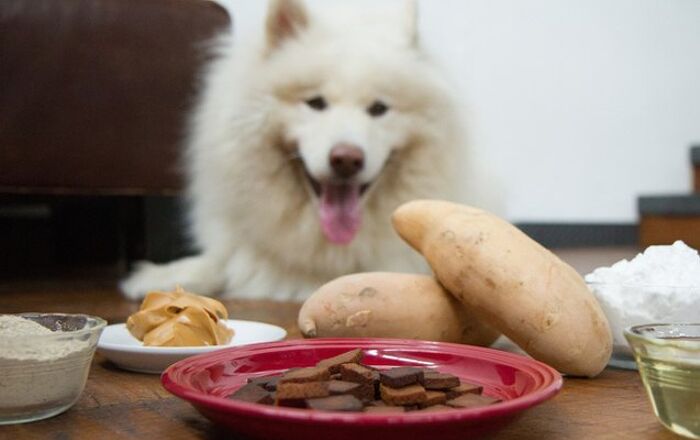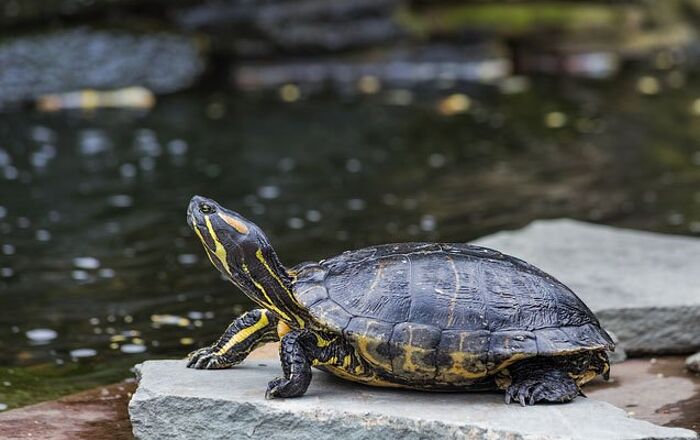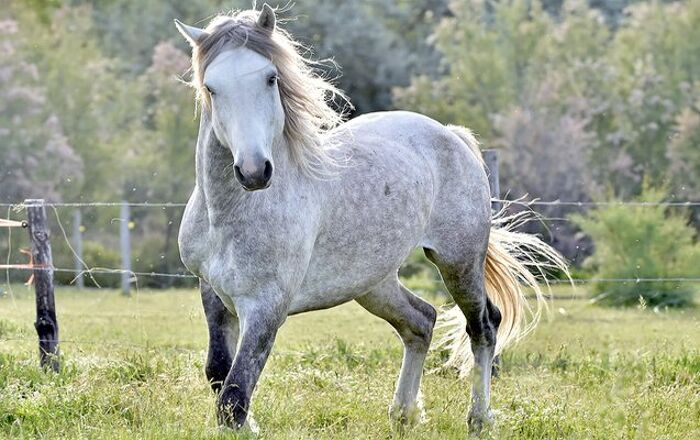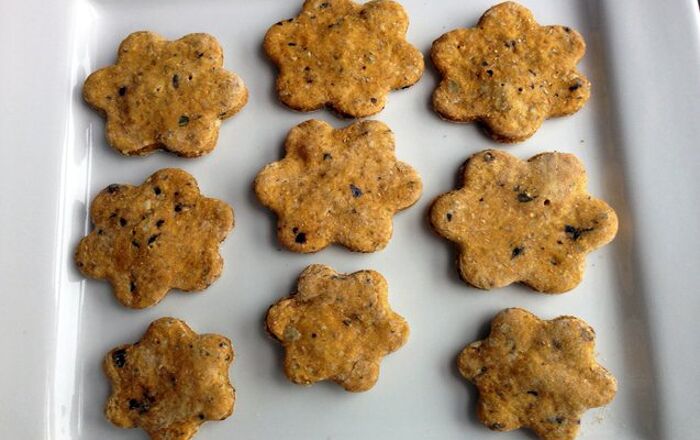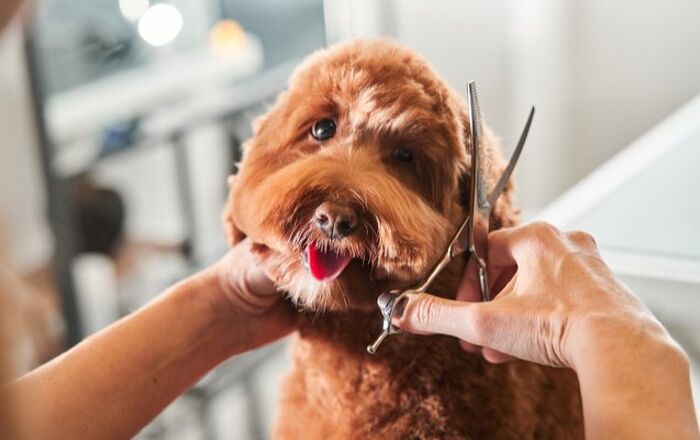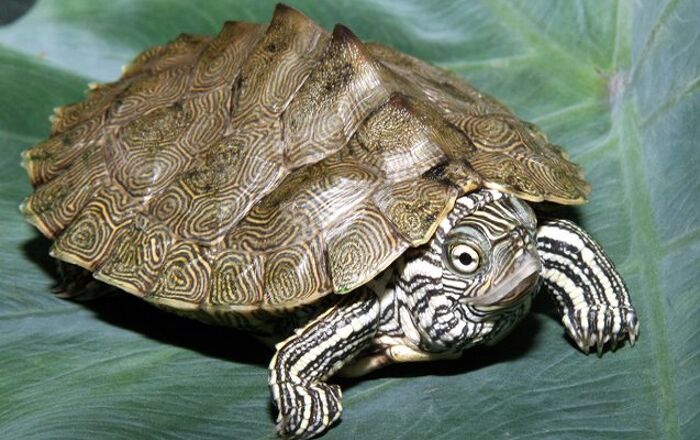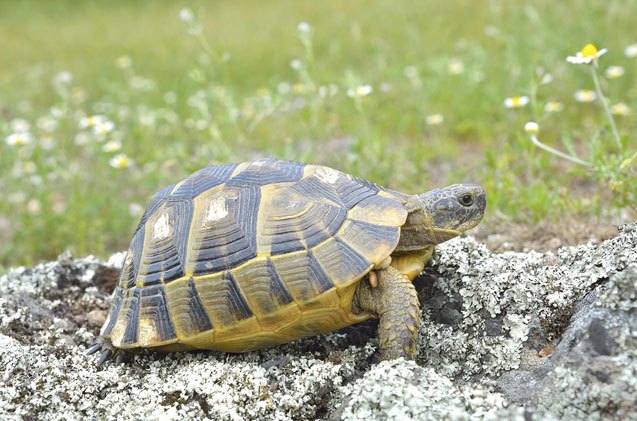
Greek Tortoise General Info
Also referred to as the Spur-Thighed Tortoise, the Greek Tortoise enjoys a varied wild range because there are actually a few subspecies of Greek tortoises. These include the North African Greek Tortoise, the Ibera Greek Tortoise, the Libyan Greek Tortoise, the Golden Greek Tortoise, and the Tunisian Greek Tortoise.
In the course of the last few decades, a lot of Greek Tortoises were imported to the United States and then sold in the pet trade. Most were Golden and Ibera tortoises, and many had diseases and parasites, so they didn’t survive long. However, those that were given proper medical care were able to thrive and continue living in captivity.
Offspring was produced from that original stock, and some of those tortoises were able to grow and produce more offspring. Captive-bred Greek Tortoises have since become a popular choice for pet owners.
The Greek Tortoise is also referred to as the Spur-Thighed Tortoise.
Native Habitat
The range for Greek Tortoises includes Turkey, the Middle East, Sardinia, southern Spain, southwest Asia, and North Africa. They prefer grassland, rocky hillsides, forests, Mediterranean scrub land, meadows, fields, semi-desert environments, and coastal dunes.
Overall Description
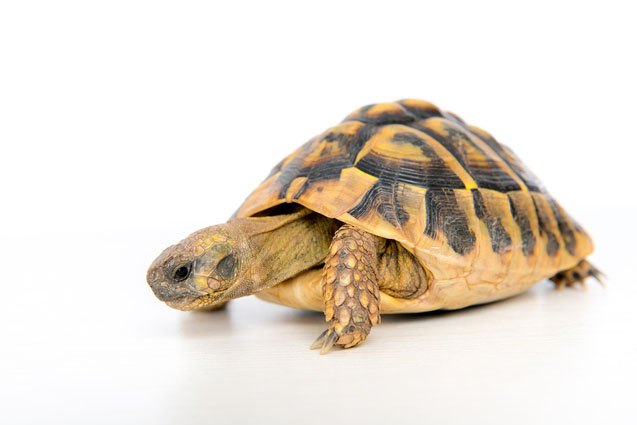
The Greek Tortoise features a carapace that is highly domed, and it joins a plastron that is singe-hinged.
On either side of this tortoise’s tail, on each of the thighs, you will find anywhere from one to three spurs. You will also notice overlapping, large scales that cover the fronts of the tortoise’s forelimbs.
The head will be blunt, the eyes will be large, the five claws on each foot will be strong, and the supracaudal shield that is found just above the animal’s tail will be undivided.
When looking at a Greek Tortoise, you will also note the many spots, rays, borders, and flecks that are found on the shell. These form a pattern a lot like that found in a Greek mosaic.
Greek Tortoise can be interactive, friendly, and easygoing.
Colors
The color of a Greek Tortoise’s carapace could be anywhere from tan or yellow with dark brown or black blotching, to completely black or gray. The plastron could be greenish-yellow to yellow, or it could be gray or brown, and it will also feature some black or dark brown markings.
This tortoise’s limbs, tail, and neck can be gray to yellowish-brown in color. The head will be brown to yellow in color, but it can also be black or gray, and it might feature dark spotting.
Environment
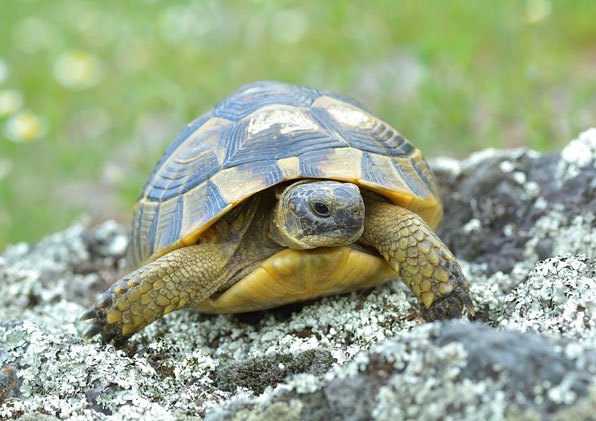
Southern Greek Tortoises should be housed in an enclosure with a temperature set at a minimum of 80°F. Their basking area should be 95-100°F. If your Greek Tortoise is one of the northern types, he will want to hibernate if the temperature falls too much for too long, so you should keep the temperature within a range of 75-90°F. Make sure that one end of your pet’s enclosure is kept warm for basking, while the opposite end is cooler.
It is best to house this tortoise in a safe outdoor enclosure that is made to appear as natural as possible. When the weather is warm, you can keep your tortoise in a large enclosure with plants and edible vegetation, making sure the enclosure is exposed to plenty of sunlight.
If you choose to keep your Greek Tortoise indoors, you will need to build a tortoise table. If you have a single adult tortoise, or a pair of adults, you can use a 3×6’ table constructed of plywood. It is best to stick with wood instead of glass or plastic, as the wood will prevent your tortoise from being able to see through the enclosure’s border and will be less inclined to try to escape. The bigger you can make your tortoise pen, the better, as that will help reduce stress and allow your tortoise to behave more naturally.
If you are going to house your tortoise indoors, you will need to set up a UVA/UVB light.
In terms of substrate for indoor enclosures, good options include aspen shavings, cypress mulch, or a mix of play sand and topsoil (50/50 mix). Avoid pine and cedar beddings because they are toxic.
Occasionally mist your tortoise’s enclosure with clean water. The humidity should remain low at around 30-50%.
The color of a Greek Tortoise’s carapace could be anywhere from tan or yellow with dark brown or black blotching, to completely black or gray.
Care Requirements
Greek Tortoises are herbivores that like to graze on edible plants in their environment, so you can offer your pet weeds, such as clover, dandelion, hawkbit, wild strawberry, cat’s ear, thistle, and plantain. You can replace these with dried organic herbs in the winter.
You can also give your turtle natural hays and grasses, as well as dark, leafy greens, such as kale, turnip, mustard, and collard greens, and you can also occasionally offer some fruit.
To provide your tortoise with all of the nutrients his body needs, you can feed your pet a commercial tortoise diet in moderation. Also give your pet a calcium supplement, such as a cuttlebone.
Although a lot of the Greek Tortoise subspecies come from arid environments, some are naturally found in temperate regions. Regardless of where your Greek Tortoise is from, you will need to be sure he remains hydrated, so provide a shallow water dish that is filled with clean water for soaking and drinking at all times. Change and clean this water dish frequently.
Greek Tortoises that are found to the north of the Mediterranean Sea will be more tolerant to colder conditions and will typically hibernate according to the weather. However, those tortoises that are found south of the Mediterranean Sea and in the Middle East do not have as much tolerance to the cold and typically will not hibernate.
Behavior
Be aware that putting more than one male Greek Tortoise in the same enclosure could result in fights, especially if you also have a female present.
Don’t expect that your tortoise will enjoy being held, so only pick up your pet when necessary. However, these tortoises will become responsive to your presence, and they are known for walking over to you when you have food.
These tortoises can be interactive, friendly, and easygoing, especially when they are provided with a healthy environment and when they aren’t stressed.
Photo credit: Adi Ciurea/Bigstock; arnoaltix/Bigstock





